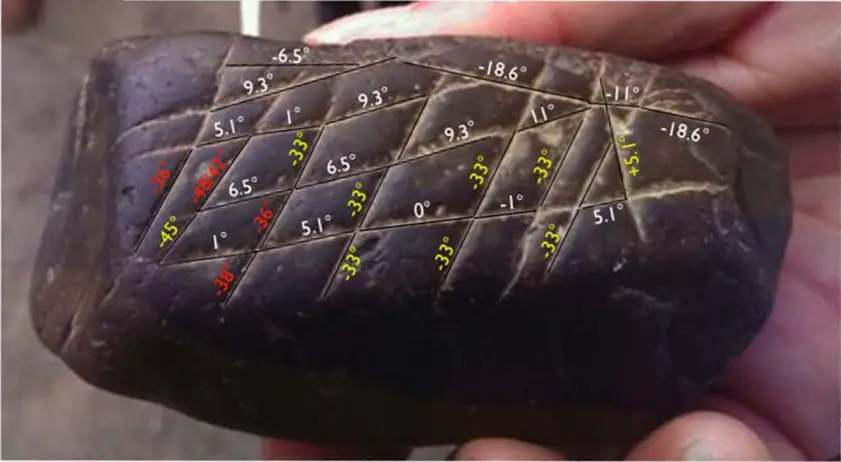| Online: | |
| Visits: | |
| Stories: |

| Story Views | |
| Now: | |
| Last Hour: | |
| Last 24 Hours: | |
| Total: | |
The Rock That May Rewrite Chapters of World History
Steven & Evan Strong/ Wake Up World
Dr. Derek Cunningham made contact with us after reading our first article on the engraved rock: An Original Engraving Made by Ancient Advanced Technology. It soon became apparent his extensive work and research was a perfect fit and an essential element in making sense of this unique artefact. We now work in partnership and this article is one part of this process.
Recently we presented what is intended to be the first in a series of articles discussing some of the implications associated with an amazing engraved rock recently discovered in Australia that has rightly drawn comparison with the Blombos Rocks of South Africa; an engraved stone that is one of a select group of artefacts dating from circa 400,000 years ago to 70,000 years ago that shows the earliest evidence of conscious, non-survival related thought in early human history.
In our quest to raise awareness of the existence of an archaic worldwide civilization, we have been very frugal and cautious in our release of information and have published predominantly through two web site magazines, Wake Up World and Ancient Origins. We are also ever mindful of the fact that care is required in developing any new theory, and that the results must routinely match predictions before making any bold declarations.
For most research scientists studying the ancient world, it is in that pursuit – the search for data that can draw definitive conclusions about early pre-history - where the greatest difficulties occur; simply because after so long a time there is now virtually nothing left on this planet with which to now make a comparison.
Though it is our intent to show these two samples are identical in design, archaeologists it must be said are not good at measuring “similarity”. Their training is the direct opposite, and that is to identify, wherever possible, the differences between two samples. This is done so that a sample can be “properly” catalogued and entered into their database. They are now so good at this process they have become unquestioned robots in their zeal to classify and separate everything by the smallest and most obscure differences. The problem now, to be blunt, is that unless two artefacts are absolutely identical in every single respect the archaeologists are by their training totally unable to state two otherwise identical objects are related. They will argue intensely about the perceived differences and then finish their argument with the completely untestable assertion that it is simply a coincidence. I am sorry but a coincidence argument is simply an opinion, and it is normally employed as a last ditch attempt by the person that has already lost the argument.
Source: http://truthisscary.com/2014/09/the-rock-that-may-rewrite-chapters-of-world-history/




